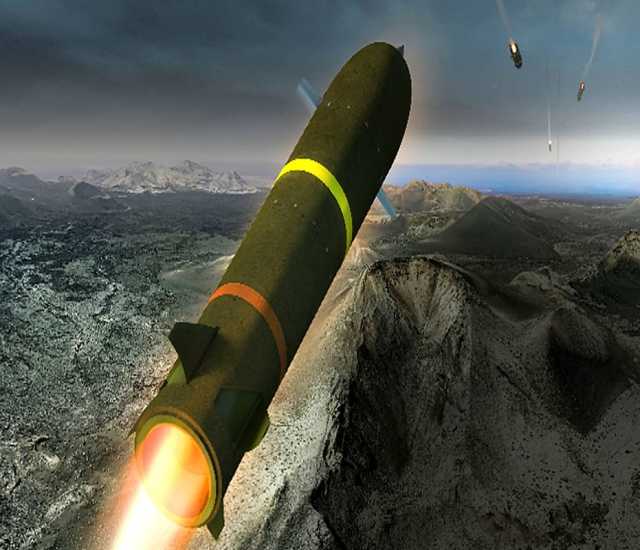On behalf of the US Army, the Boeing division and the Finnish-Norwegian company Nammo jointly developed and tested an artillery shell with a ramjet engine (RAMJET) for long-range shooting. According to Nammo representatives, during toasts at the Andøya training ground in Norway, a Ramjet 155 projectile was fired from a cannon, and its RAMJET successfully ignited. In flight, the projectile demonstrated stability and good controllability of the combustion process of the engine.Gorenje

At the landfill. The ignition of the RAMJET is clearly visible as the projectile gains speed after firing from the cannon. Photo: Nammo As reported, in the project "High-precision long-range shooting", the US Army is searching for ways to optimally long-range support of combat units with accurate fire.
One of the solutions is considered to be artillery shells, which, after firing, are accelerated by jet thrust. As part of the XM1155 program, in July 2019, the US Army commissioned the Boeing - Nammo team to develop and bring the Ramjet 155 projectile. The Boeing Phantom Works division and Nammo are collaborating as part of a strategic partnership to jointly develop and manufacture next-generation reinforced artillery shells.
During the tests, projectiles are fired from a 155-mm cannon. Shortly after leaving the barrel, the RAMJET is launched, and the projectile gets further acceleration.
According to Nammo, the Ramjet 155 design uses an engine in which the air sucked in for combustion is compressed solely due to the translational movement of the product at supersonic speed. The program of the projectile, considered as a mixed form between guided weapons and missiles, aims to create a common shot design that could be used to fire 155-mm guns of the L39 and L58 types. At the DSEI 2019 arms exhibition, Nammo presented a RAMJET missile with a firing range of 400 km .
The development team continues to develop and improve the technology. According to Nammo employees, further tests and demonstrations are planned for the coming months.
According to the materials of the resource esut.de

